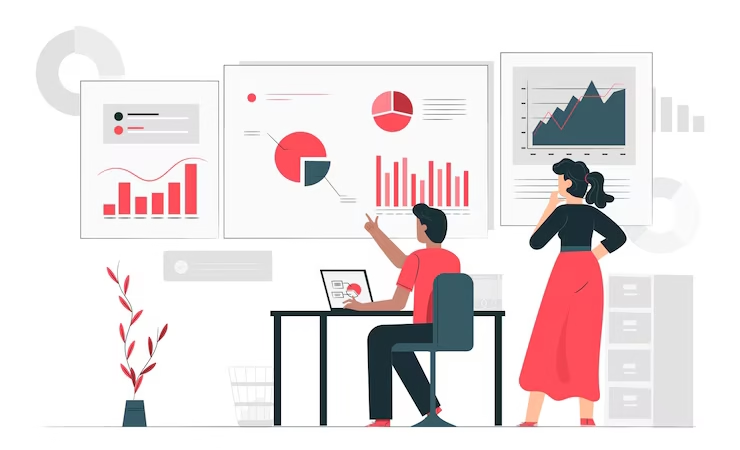A profit and loss statement, or income statement, summarizes a company’s revenues, costs, and expenses over a specific period. It shows whether the business made a profit or loss and is used by owners, investors, and lenders to gauge financial performance.
Types of P&L Statements
-
Cash Method: Records income/expenses when cash is received or paid.
-
Accrual Method: Records them when earned or incurred, regardless of payment.
Structure of a P&L Statement
Most P&L statements follow this format:
-
Revenue: Total income from sales or services.
-
Cost of Goods Sold (COGS): Direct costs of producing goods or services.
-
Gross Profit: Revenue minus COGS.
-
Operating Expenses: Costs like rent, wages, marketing.
-
Operating Profit: Gross Profit minus Operating Expenses.
-
Other Income/Expenses: Items not from core business (e.g., interest).
-
Net Profit/Loss: Final profit after all expenses.
Example P&L Statement – Bistro Café (2023)
-
Revenue: $620,000
-
COGS: $250,000
-
Gross Profit: $370,000
-
Operating Expenses: $190,000
-
Operating Profit: $180,000
-
Other Income: $8,000 (interest income)
-
Net Profit: $188,000
This means the café earned $620,000 in sales, spent $250,000 on goods, and had $190,000 in operating costs. After adding $8,000 from interest, it ended the year with a net profit of $188,000.
How to Analyze a P&L Statement
-
Examine Revenue: Look for growth or declines. Compare to previous periods.
-
Evaluate COGS: Check if production or supply costs are rising.
-
Review Operating Expenses: Track changes in major cost areas.
-
Check Gross Profit: Higher margins often mean stronger pricing or lower production costs.
-
Assess Net Profit: Indicates how well the business controls all costs.
-
Look for Trends: Compare statements over time to spot performance patterns.
-
Benchmark Against Industry: See how the business stacks up to competitors.
The P&L statement helps assess profitability, cost control, and business trends—making it a key tool for financial decision-making.

